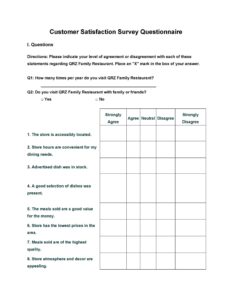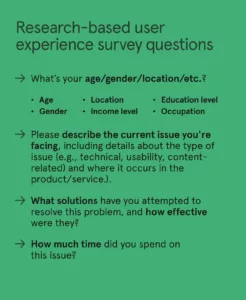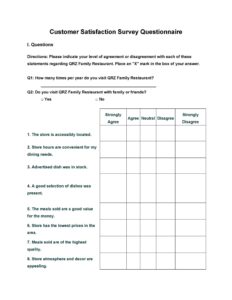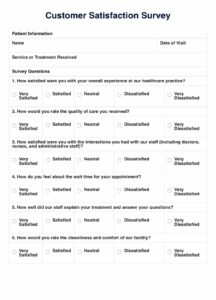Using an IT customer satisfaction survey template offers several benefits. It provides a standardized format for collecting feedback, making it easier to compare results over time and across different customer segments. Templates also help ensure that all relevant questions are asked, providing a comprehensive view of the customer experience. Additionally, using a template saves time and effort in creating a survey from scratch.
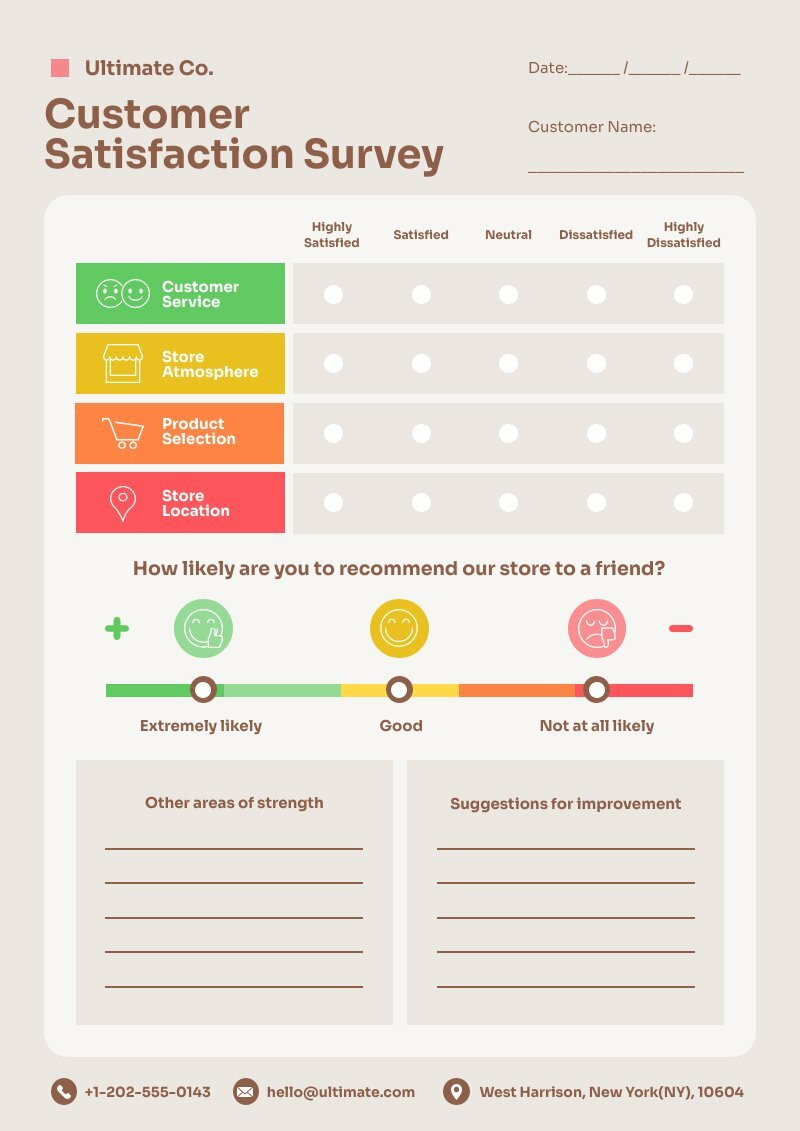
Some common topics covered in IT customer satisfaction surveys include:
- Overall satisfaction with the product or service
- Ease of use
- Functionality
- Customer support
- Value for money
IT customer satisfaction surveys can be conducted in various ways, including online, over the phone, or in person. The type of survey method chosen will depend on factors such as the target audience, the desired response rate, and the budget.
The feedback gathered from IT customer satisfaction surveys can be used to improve products and services, enhance customer support, and identify areas for improvement. By regularly collecting and analyzing customer feedback, organizations can gain valuable insights into the customer experience and make data-driven decisions to improve customer satisfaction.
Key Components of IT Customer Satisfaction Survey Template
IT customer satisfaction survey templates typically include several key components to effectively gather customer feedback and measure satisfaction levels.
1: Introduction and Purpose
The introduction of the survey should clearly state the purpose of the survey and provide a brief overview of what the customer can expect.
2: Customer Information
This section collects basic customer information, such as their name, company, and contact information. This information can be used to personalize the survey experience and follow up with customers if necessary.
3: Satisfaction Questions
The core of the survey consists of questions designed to measure customer satisfaction with various aspects of the IT product or service. These questions can use different scales, such as Likert scales or star ratings, to capture customer feedback.
4: Open-Ended Feedback
In addition to closed-ended questions, surveys often include open-ended questions that allow customers to provide detailed feedback and share their experiences in their own words.
5: Service Experience Questions
For IT customer satisfaction surveys, it’s important to include questions that assess the customer’s experience with the IT support team. This can include questions about the responsiveness, helpfulness, and technical expertise of the support staff.
6: Improvement Suggestions
To conclude the survey, it’s valuable to ask customers for suggestions on how the IT product or service can be improved. This feedback can provide valuable insights for businesses looking to enhance their offerings.
Summary
By incorporating these key components into an IT customer satisfaction survey template, organizations can gather comprehensive feedback that helps them understand customer experiences, identify areas for improvement, and ultimately enhance customer satisfaction.
How to Create an IT Customer Satisfaction Survey Template
Creating an effective IT customer satisfaction survey template requires careful planning and consideration. Here are some steps to guide you through the process:
1: Define the Purpose and Objectives
Clearly define the purpose of the survey and what you aim to achieve. Determine the specific aspects of customer satisfaction you want to measure, such as overall satisfaction, product functionality, or customer support.
2: Identify Target Audience
Identify the target audience for the survey. Consider factors such as customer demographics, industry, and level of IT expertise. This will help you tailor the survey questions and language accordingly.
3: Select Survey Format
Choose the survey format that best suits your needs. Online surveys are widely used for their convenience and reach, while offline methods like phone or in-person surveys may be more appropriate for specific audiences.
4: Design Survey Questions
Craft survey questions that are clear, concise, and easy to understand. Use a mix of question types, including closed-ended questions with Likert scales or multiple-choice options, and open-ended questions for qualitative feedback.
5: Include Customer Information
Incorporate a section to collect basic customer information, such as their name, company, and contact details. This information can be valuable for follow-up and analysis.
6: Test and Refine
Before launching the survey, test it with a small group of participants to identify any issues or areas for improvement. Refine the survey based on their feedback to ensure its effectiveness.
Summary
By following these steps and incorporating key components, you can create a comprehensive IT customer satisfaction survey template that will provide valuable insights into your customers’ experiences. Regularly collecting and analyzing this feedback will enable you to make informed decisions to improve customer satisfaction and drive business success.
In conclusion, IT customer satisfaction survey templates provide a structured and effective means of gathering valuable feedback from customers. By utilizing these templates, organizations can gain insights into customer experiences, identify areas for improvement, and enhance overall satisfaction. The key components discussed in this article, such as satisfaction questions, open-ended feedback, and service experience questions, are essential for capturing comprehensive customer feedback.
Regularly conducting IT customer satisfaction surveys enables businesses to stay attuned to customer needs, make data-driven decisions, and continuously improve their products, services, and support offerings. By embracing a customer-centric approach and leveraging these survey templates, organizations can foster stronger customer relationships, drive loyalty, and achieve long-term success.
